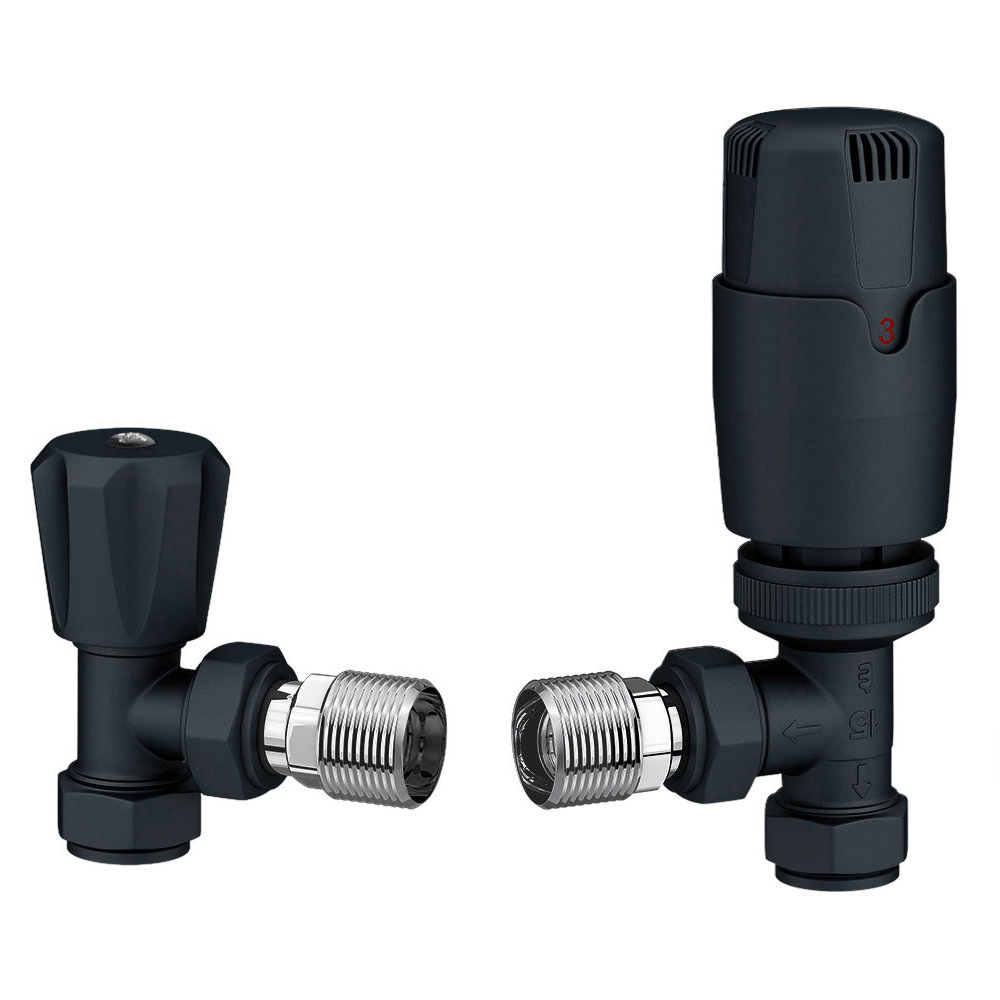EASTER OFFER: FREE DELIVERY ON ORDERS OVER £99!**
Delivery Offer Must End Soon!
how do thermostatic radiator valves work
How Do Thermostatic Radiator Valves Work?
Thermostatic radiator valves are a helpful way to maximise the control you have over your home heating. Find out how they work and why you need them.

What is a Thermostatic Radiator Valve?
There are plenty of ways to make your heating more efficient, and thermostatic radiator valves are a great place to start.
TRV stands for Thermostatic Radiator Valve. They’re radiator valves that can be added to specific radiators in your home so that you don’t have to rely on a general thermostat to control the entirety of your heating. It’s fairly easy to install a TRV too.
Thermostatic radiator valves are a helpful way to maximise the control you have over your home heating. They allow you to control the heat from an individual radiator, meaning that you can vary the heating settings from room to room in your home. They’re essentially the old school version of smart heating systems.

How Does a Thermostatic Radiator Valve Work?
Thanks to a sensor fitted into the valve, TRVs are self regulating. They can adjust the flow of hot water into your radiator in relation to the temperature you have set your valve to. The sensor detects changes in room temperature, causing the valve head to either expand or contract. This movement adjusts the spring, causing the valve to open or close.
When the temperature of the room increases, the valve head expands. This causes the valve to close so that less hot water can make its way into the radiator to prevent an increase in heat.

So, when the room temperature drops, the valve contracts. This results in the valve opening to let more hot water in so that the room temperature can be maintained at the level you set it to.
It’s worth noting that this is why it’s not recommended to use a TRV in your bathroom. Temperature changes created by the use of a shower or bath will have an impact on the overall room temperature. Therefore, its ability to self regulate would be compromised.
TRVs typically have a setting range of 0 to 5. Each number on the valve roughly represents the room temperature you wish to maintain:
- 0 = Off
- * = 7°C
- 1 = 10°C
- 2 = 15°C
- 3 = 20°C
- 4 = 25°C
- 5 = 30°C
Benefits of TRVs
There are two types of TRV: wax TRVs and liquid TRVs. Each comes with its own advantages.
Wax TRVs
Wax TRVs are typically found on older radiators. While they are often less expensive than liquid TRVs, the wax is less sensitive to changes in temperature. This means they may take longer to adjust to the temperature in the room.
Liquid TRVs
Although a slightly more expensive option, liquid TRVs are more sensitive to temperature changes. Therefore, they’ll adjust the temperature of your radiator much more efficiently.

One of the best features of TRVs is that because they adjust to internal temperatures according to the setting you have chosen, you don’t have to adjust them when outside temperatures change. So come winter or summer, your TRVs should keep your home at your desired temperature.
Due to their ability to self regulate, TRVs are actually a very cost- and energy efficient solution to heating. The sensor is a TRV will mean that your radiator won’t overheat, or continue to heat your room for too long. As a result, this can save you energy and money.
So, as it turns out, TRVs can be super helpful when it comes to controlling the heating in your home! If you’re looking for a way to optimise your heating that also requires minimal effort, why not give TRVs a go?



